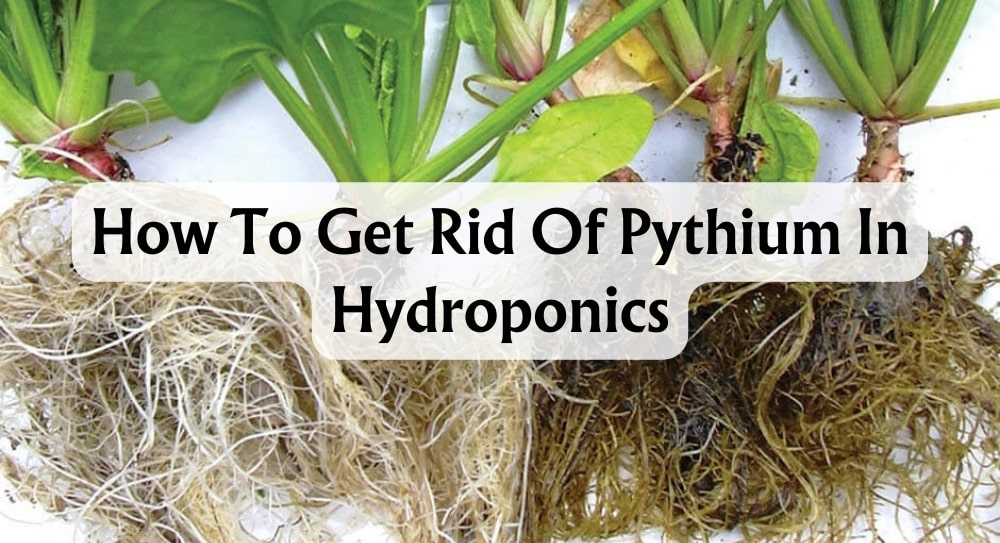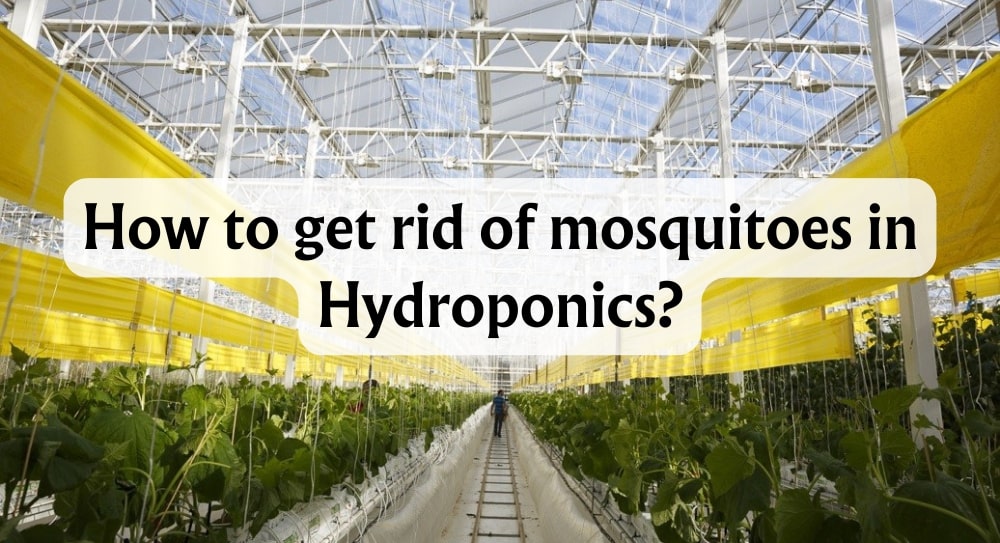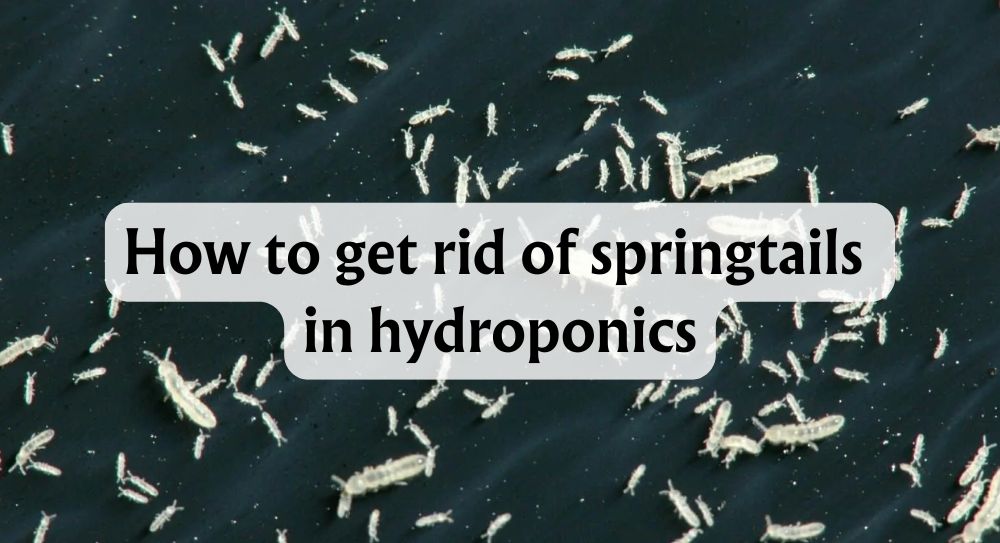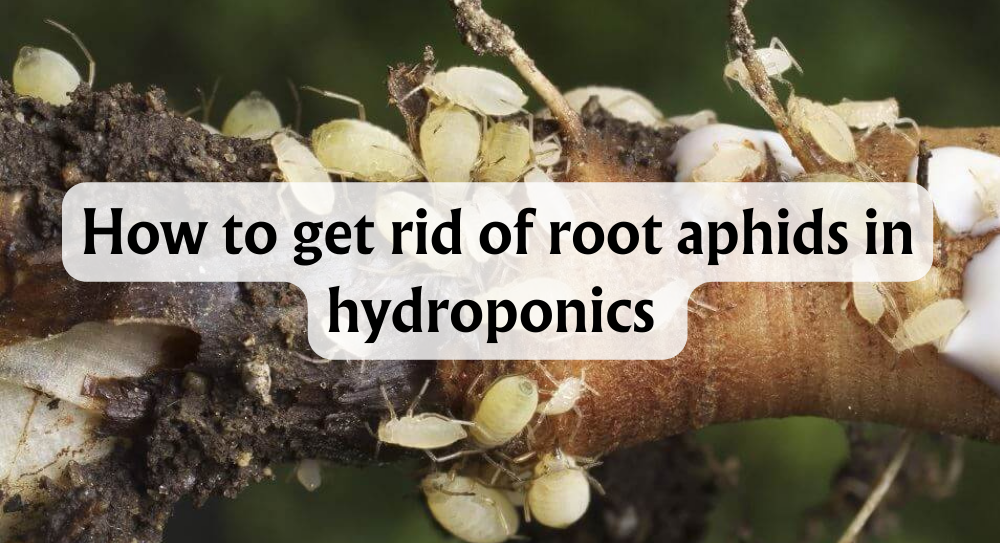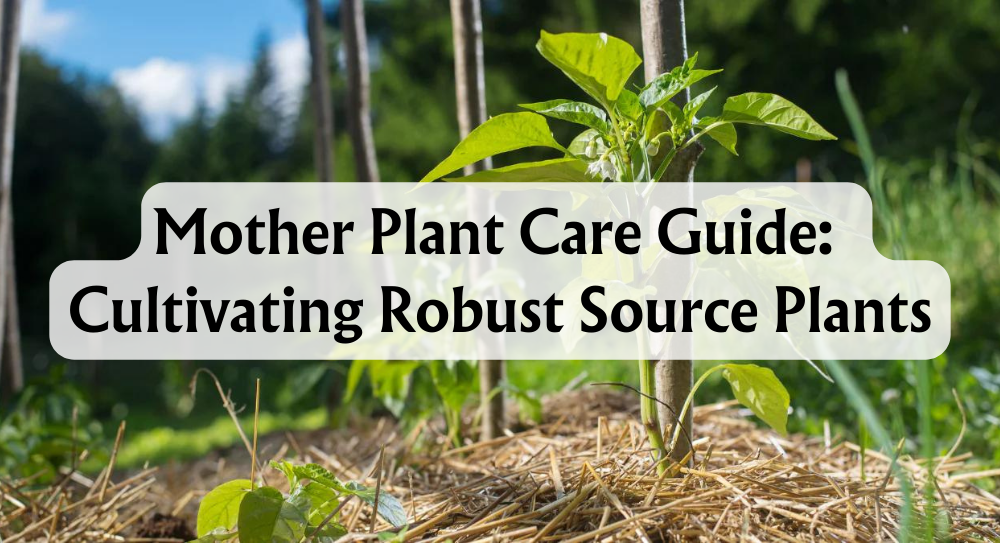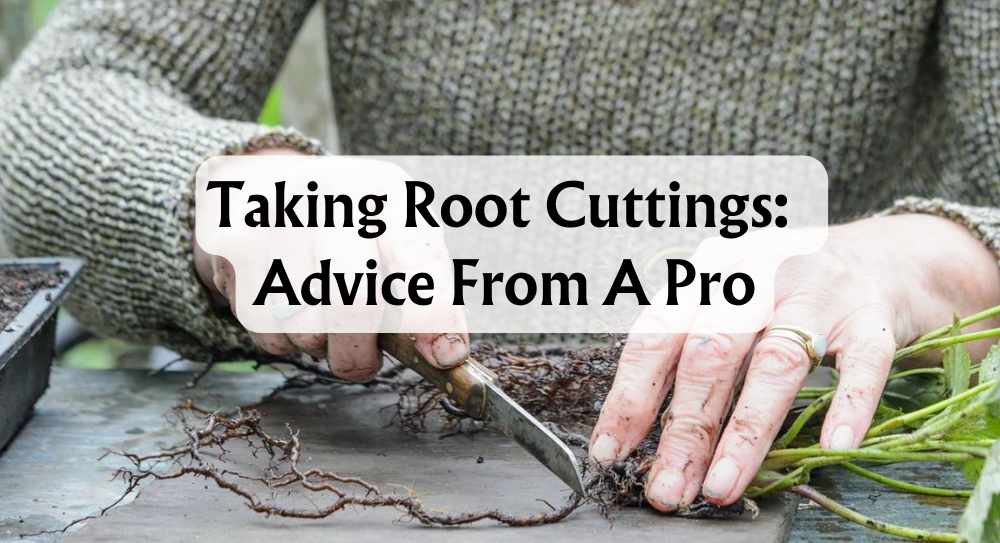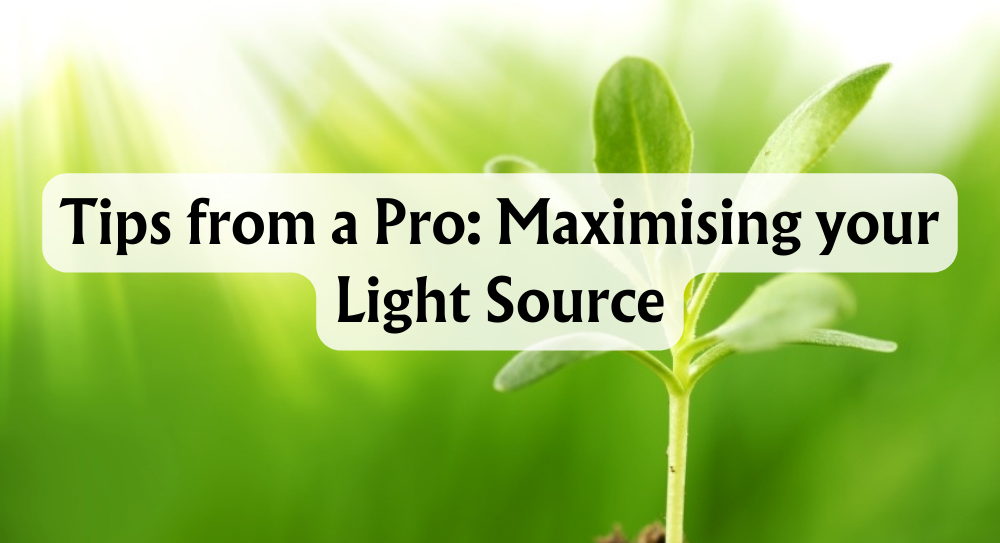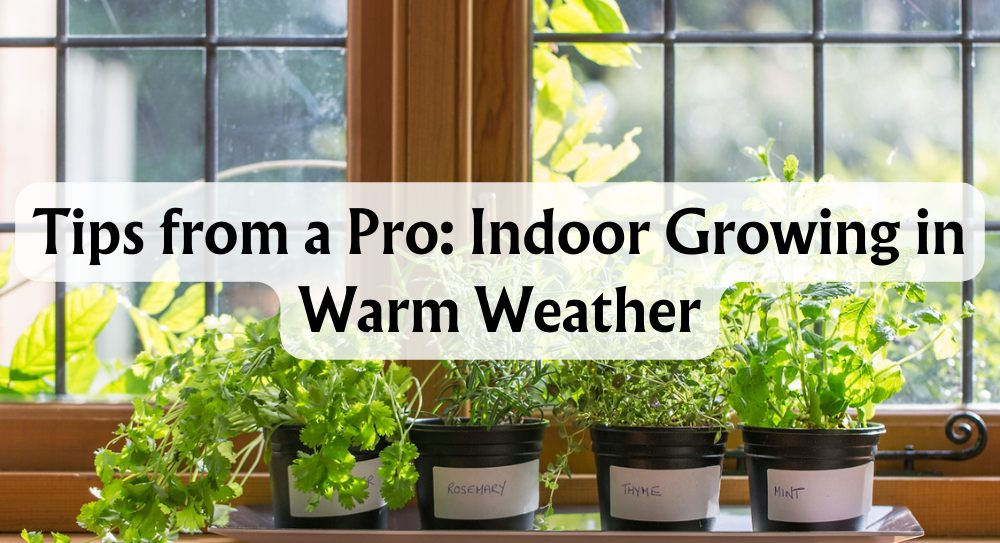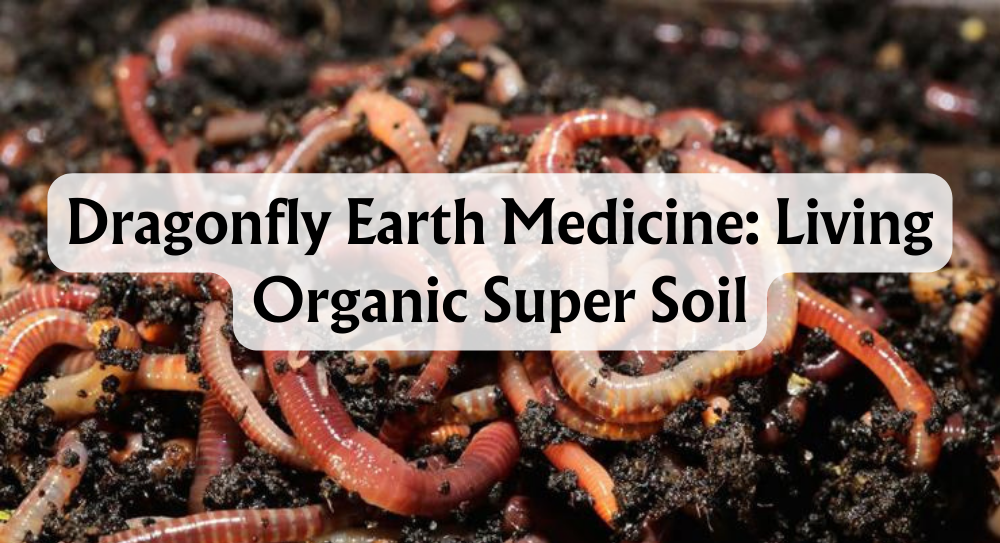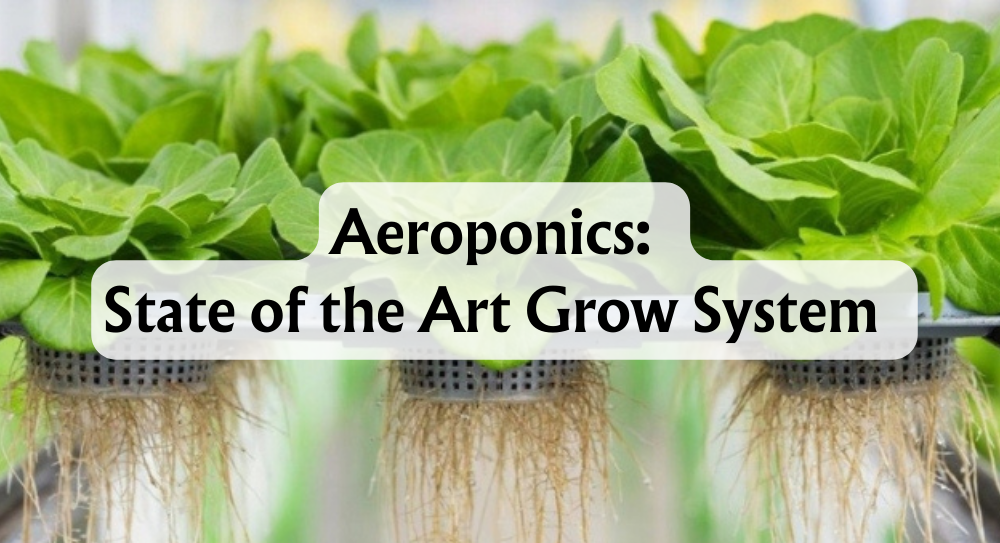How to Get Rid of Pythium in Hydroponics
Hydroponics, a method of growing plants without soil, is becoming increasingly popular amongst gardening aficionados. Instead of soil, roots bask in a nutrient-rich water solution, allowing us to conserve space and water. This innovative approach not only works year-round, irrespective of the season but also satisfies our inner techie, as it involves a fair amount of gadgets and gear. However, with great innovation comes new challenges, and among our many new obstacles is Pythium root rot.
Pythium, also regarded as root rot, is a notorious root disease that haunts the watery realms of our hydroponic systems. As the roots are consistently submerged, any slight imbalance can be the harbinger of this pathogen. Identifying and scouting for the telltale signs of this ailment—such as discolouration and a mushy texture of the roots—is crucial in maintaining the health of our leafy friends. This article is crafted to equip you with the knowledge on how to spot, banish, and most importantly, keep Pythium at bay. Our objective is to embrace the benefits of hydroponic gardening without letting Pythium dampen our spirits or leaving our grow with infected roots.
Rest assured, we're not just talking about organic chemistry but also practical tips and tried-and-tested products that will ensure your water culture endeavour is both a leafy paradise and a Pythium-free zone.
Key Takeaways
- Maintaining a healthy hydroponic system requires vigilant monitoring for Pythium.
- Treatment of Pythium involves the removal of affected parts and the use of specific solutions.
- Prevention of Pythium centres around proper water management and system maintenance.
What Is Pythium?
Pythium species belong to the Oomycetes class – a group often cheekily masquerading as fungi. However, don't let their appearance fool you; these water moulds are a completely different kettle of fish. Imagine them as distant cousins who only show up at family gatherings to cause a stir. And stir they do, in the form of root rot, spreading despair among plant roots far and wide.
Here's the scoop:
- Not Fungi: Despite their fungal fashion sense, Pythium isn't a true fungus! That means they play by a different set of rules, evading typical fungal control tactics.
- Moist Mischief Makers: Wet conditions are their playground, and our water-loving friends thoroughly enjoy invading a range of moist-abiding plants, especially in hydroponic setups where they thrive.
- Species Galore: It's not just one, but many different species of Pythium that might be plotting to crash your plant party.
- The Spore War: Pythium's elite troops are their spores – akin to tiny submarines equipped with the ability to swim in water to invade new root territories with ruthless efficiency.
In short, if your hydroponic plants are taking an unexpected turn for the worse, Pythium could very well be your uninvited guest. We need to show them the door with some smart and targeted methods before they turn all our hard work into sludge.
Symptoms Of Pythium
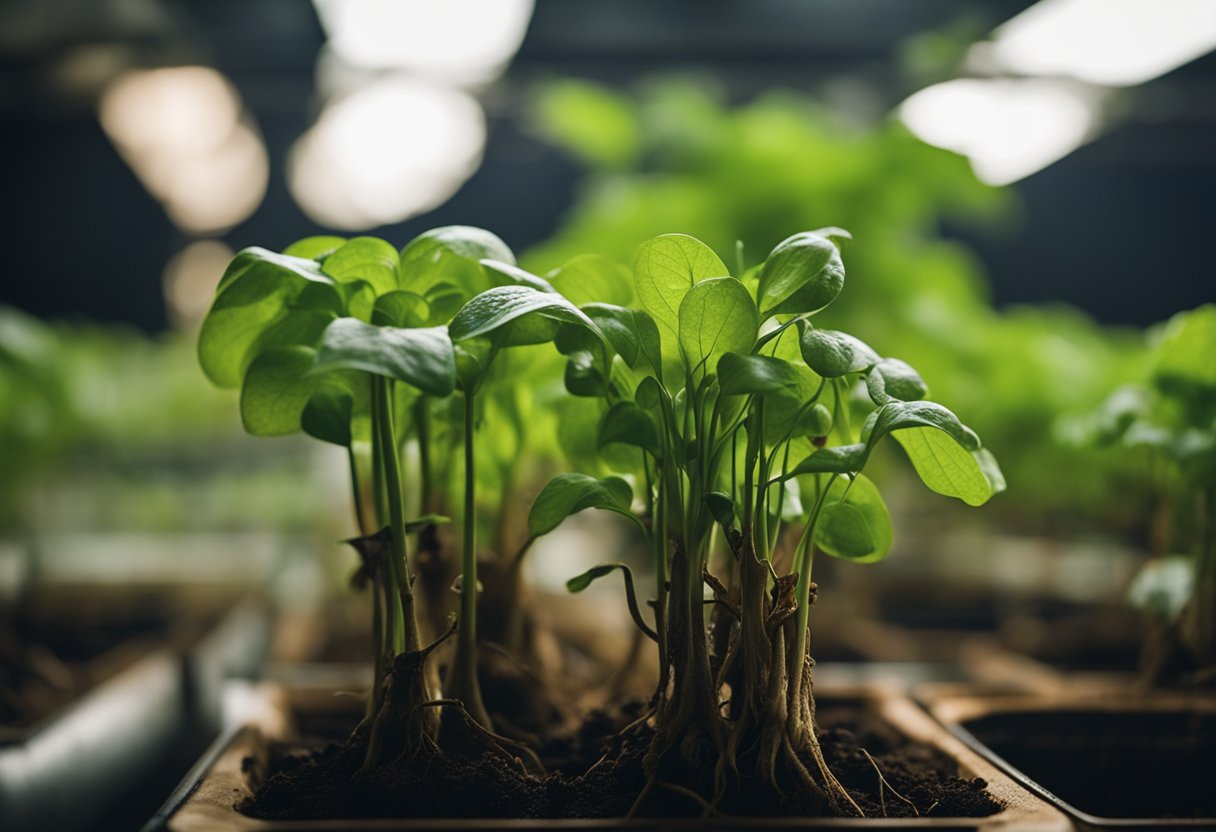
Recognising the symptoms of Pythium in our hydroponic system is crucial. We'll learn to spot the tell-tale signs of root rot and understand how this pathogen affects plant growth.
Identification Of Root Rot
When we peer into the roots of our hydroponic plants, healthy ones appear white and robust. However, an encounter with Pythium leads to distinct changes:
- Discolouration: Roots shift from their vital white to shades of beige, yellow, and ultimately brown or black.
- Texture: Affected roots become soft and may decay. If we gently tug at a suspect root, the outer sheath might slough away, leaving only a central core behind.
It's important to remember that different species of plants and Pythium can exhibit variations in these symptoms, so keep a vigilant eye out.
Effects On Plant Growth
Pythium doesn't just stop at the roots—its impact climbs up to hinder the overall vitality of the plant:
- Wilting: Plants might begin to wilt despite adequate water, as the damaged roots fail to transport nutrients effectively.
- Yellowing and Stunting: Leaves can turn yellow and growth may become stunted, echoing a cry for help from beneath the surface.
We mustn't rush to conclusions, as these symptoms can mimic nutrient deficiencies or other ailments. Only a proper diagnosis can confirm our suspicions of Pythium. Our task is to be thorough detectives in our hydroponic environment.
Causes Of Pythium

Pythium is a troublemaker for hydroponic growing and it can be difficult to control. To prevent disease, we first need to understand the conditions that give this pest a party invite.
Contributing Conditions
Moist environments serve as a launchpad for Pythium, offering the damp conditions in which it thrives. Here's a bit more granularity on what we're up against:
- Temperature: This fungoid enjoys a good bask in a warm set-up. Water temperatures above 72°F are pretty cosy for Pythium.
- Dissolved Oxygen Levels: Just like us when we're tired, Pythium gets a boost when oxygen levels are low in the nutrient solution. It's an opportunistic little thing.
- pH or EC Levels: Both the pH and Electrical Conductivity (EC) levels of our nutrient solution can roll out the red carpet if they skew too high. A balanced environment is less inviting.
- Sanitation: Poor water quality or inadequate sanitation practices might as well be an engraved invitation to Pythium.
- Water Management: Overwatering or poor drainage is like throwing the party of the year—and guess who loves to attend? You guessed it—Pythium.
- Contamination: It can hitch a ride on infected plants, media, or even our tools and equipment. So, we've got to keep things clean.
Now, the spread of pythium can occur in other sly ways:
- Incoming Plants: It may sneak in with infected seeds or cuttings. Always double-check your sources.
- Plant Debris: Soil or plant leftovers clinging to our gear or clothes? That's a VIP pass for Pythium.
- Airborne Invaders: Dust or water droplets in the air can float this troublemaker right into our systems.
- Recirculating Water: Sharing equipment or water can be like sharing secrets – they can spread quickly and not always with good outcomes.
Keep an eye out for these risk factors and you'll be better prepared to keep Pythium at bay.
Prevention Of Pythium
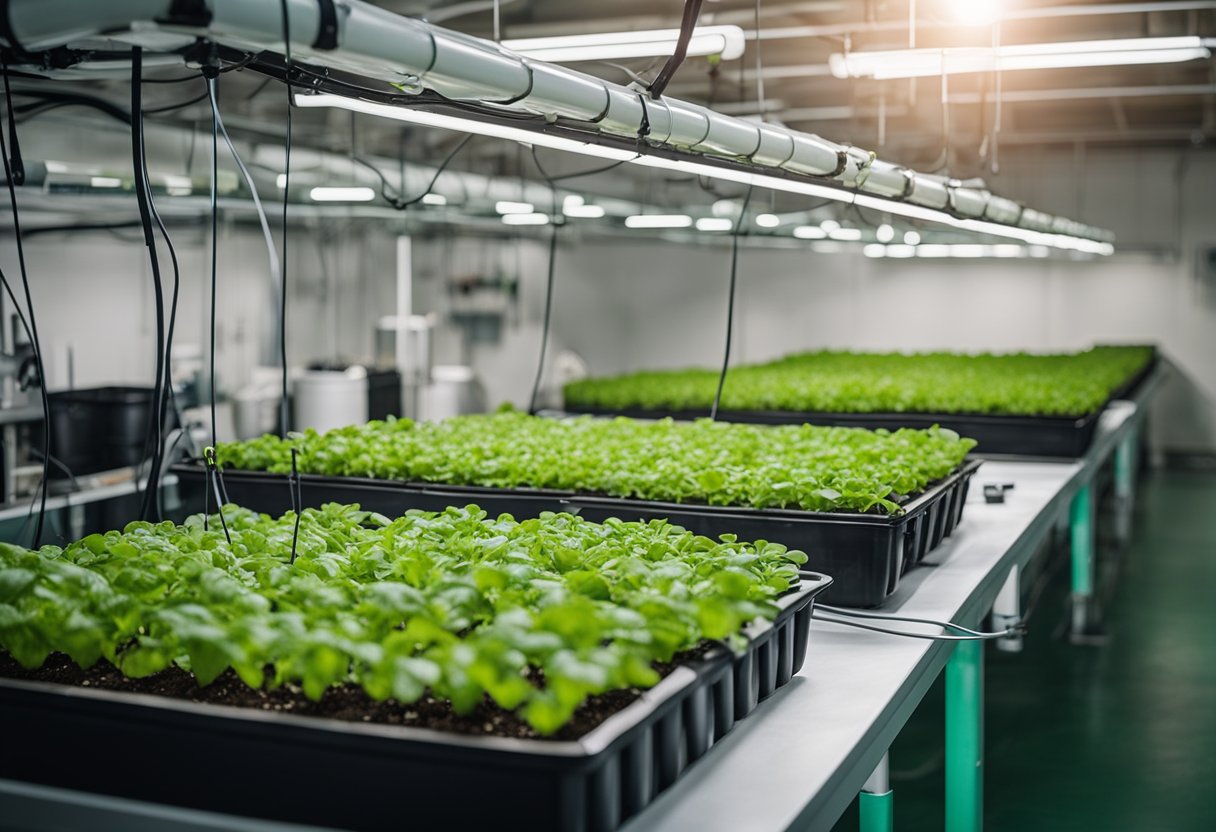
Before Pythium infects our hydroponics system, prevention is crucial—it saves us money, time, and the heartache of seeing our plants suffer. Knowing that an ounce of prevention is worth a pound of cure, let's focus on specific practices to keep this pesky water mould at bay.
Sanitation And Hygiene
We all know cleanliness is next to godliness, right? In hydroponics, it's no different:
-
Routine Cleaning: Every nook and cranny of our system, from reservoirs to pipes and trays, must be regularly disinfected. This means using approved sanitisers and diligently cleaning out any organic matter that could harbour pathogens.
-
System Checks: Before we add any new plant or material into our precious environment, we should inspect and quarantine. After all, why invite trouble?
Cultural Practices
Creating an inhospitable environment for any unwanted guests is an art. And by guests, we mean Pythium:
-
Balanced Temperatures: Keeping the temperature of our nutrient solution within the optimal range (18-22°C) isn’t just for the comfort of our plants; it deters Pythium too.
-
Airflow and Humidity: Ever had a stuffy room make you uncomfortable? Our plants feel the same. Adequate ventilation and humidity control can keep pathogens like Pythium away.
-
Monitor Closely: Use tools such as sticky traps to catch fungus gnats and shore flies, indicators for the prevalence of Pythium. If a plant does look under the weather, we isolate it faster than you can say "quarantine."
Biological Control
Sometimes, we need allies, and beneficial microbes are the friends we didn't know we needed:
-
Introduce Good Bacteria and Fungi: These little chaps engage in a bit of biological warfare and can prevent Pythium from occurring, outcompeting it and keeping our system clean.
-
Good Bugs to Fight Bad Bugs: There are beneficial insects that feed on the larvae of pests like fungus gnats and shore flies. Let's enlist these helpful critters to maintain order.
In our quest to contain Pythium, we've armed ourselves with the best defensive strategies. A clean, well-monitored, and biologically balanced system is our best line of defence. Let's keep our green thumbs up, and our plants thriving!
Treatment Products
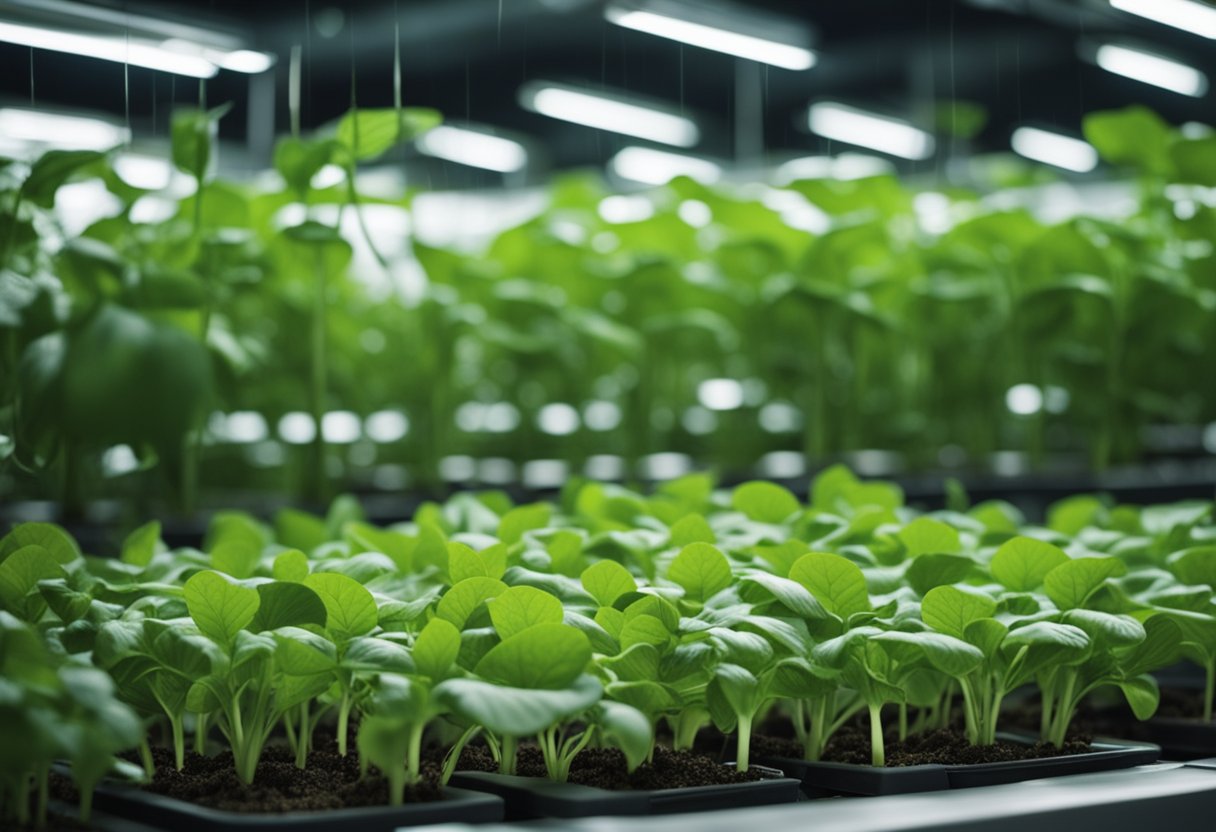
When tackling the stubborn water mould Pythium in our hydroponic set-ups, we must choose the right arsenal. Isn't it just the worst when our plants' roots go soft and brown? Here's what we've got on hand to fight back.
Chemical Treatments
For those of us who prefer a more immediate and powerful approach, chemical treatment options are available:
- Hydrogen Peroxide: A quick splash of this common chemist's shelf substance can not only knock out Pythium spores but also add a boost of oxygen to the solution.
- Fungicides: Got a tough case of Pythium? Synthetic fungicides such as fosetyl-Al, propamocarb, or cyazofamid are known to inhibit the growth or germination of Pythium spores, but let's use them judiciously because they can be harsh on the environment and might not be friends with our wallets either.
- Potassium Silicate: Want to beef up those plant cell walls? Introducing a bit of potassium silicate can make them a tougher nut for Pythium to crack.
Organic Alternatives
Now, for those of us looking to go the green route, here are some natural soldiers to enlist:
- Beneficial Bacteria: Introducing allies like Trichoderma, Bacillus or even Streptomyces can help our plants by outcompeting the nasty Pythium. They're like the good folks in the neighbourhood watch.
- Neem Oil: This isn't just a hit in skincare; neem oil is quite the nemesis for Pythium infection. Plus, it's all-natural, so we can sleep well knowing we're not adding nasties to the system.
- Botanical Extracts: Oils from garlic, cinnamon, and the like can give our plants a fighting chance with their antifungal mojo.
- Compost Teas & Seaweed Extracts: These aren't just for our mid-garden tea break; they're brilliant at boosting our plants' immune systems.
By integrating these products sensibly, we're armed to the teeth to ensure our hydroponic gardens stay lush, thriving, and Pythium-free.
How To Get Rid Of Pythium
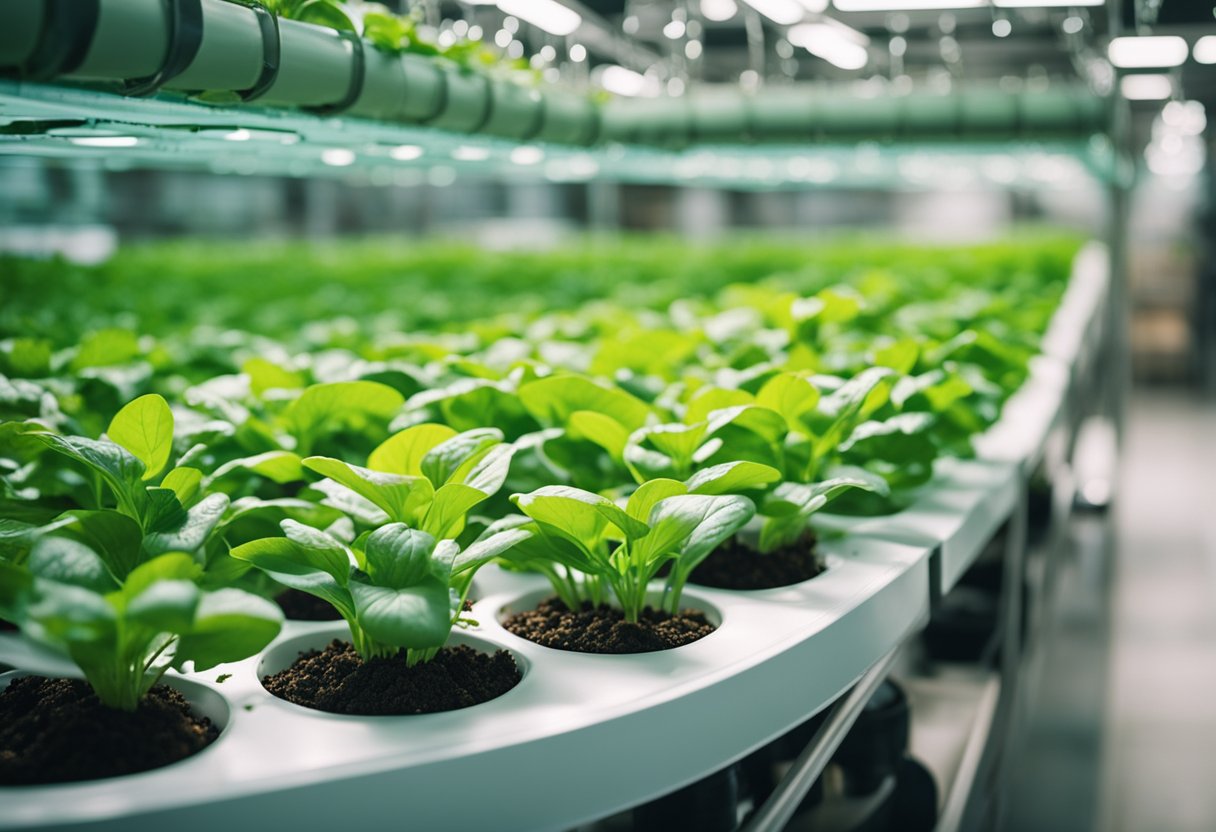
When dealing with Pythium in our hydroponic systems, the main goal is to halt the spread of this water-borne fungus, safeguarding our plants' health. It's all about understanding and implementing effective remediation strategies to tackle this pesky problem!
Effective Remediation
Got a case of the dreadful plant disease Pythium in your hydroponic setup? Fret not, we've got some clear-cut methods to kick this fungal disease to the kerb. Let's get cracking!
1. Sanitise Your System:
- Start Fresh: Before we plant our next crop, we must ensure every nook and cranny of our system is as clean as a whistle. Disassemble, scrub, and sanitise with a reliable disinfectant.
- Sterilise Tools: It's not rocket science, but cleaning our tools is a must. After all, we wouldn't want to inadvertently spread the fungus, would we?
2. Filtration and Water Quality:
- Filter It Out: A proper filtration system is our first line of defence. It can catch pesky pathogens before they wreak havoc.
- Water Quality Checks: Regular testing of water quality can prevent a world of trouble. Keep an eye on pH, nutrients, and temperature. Unwanted fluctuations? We nip those in the bud, pronto!
3. Oxygenate the Nutrient Solution:
- Boost Dissolved Oxygen: Higher levels of dissolved oxygen can stave off Pythium. It's time to inject some air and keep that nutrient solution oxygen-rich.
4. Use Disease-Resistant Varieties:
- Choose Wisely: Opt for plant varieties known for their resistance to fungal diseases. It's like picking a footballer for their striking skills – they just make the team better.
5. Routine Maintenance:
- Monitor and Adapt: Keep a tight schedule for checking on your plants. At the first sign of Pythium, we act swiftly to stop it in its tracks.
6. Chemical Controls:
- Fungicides: In times of crisis, a targeted fungicide for hydroponics can be a real lifesaver. Just remember, timing your application right can make all the difference.
Remember, beating Pythium is all about vigilance and proper care. Stick to these steps, and we can keep our hydroponic gardens thriving, minus any uninvited fungal guests.
Conclusion
To effectively combat Pythium in our hydroponic systems, we've gathered valuable insights into maintaining healthy plant growth and safeguarding production quality. Let's briefly recap the essential measures we, as responsible growers, should implement in our pest management programme.
-
Proactivity is Key: Regularly inspect your hydroponic setup to catch any signs of infection early on. Keep root observation as a top priority. Soft, discoloured roots are a giveaway that Pythium may be at work.
-
Diverse Strategies: Combining various methods, such as good hygiene practices, effective water treatment, and crop rotation, can greatly enhance our chances of keeping Pythium at bay.
-
Follow Guidelines: When using fungicides to tackle Phytophthora and other pathogens, be meticulous about adhering to label instructions and prioritise safety.
-
Seek Expertise: If despite our best efforts the problem escalates, we shouldn't hesitate to consult professionals for advice. After all, we're all in this to achieve the best for our plants.
Remember, the health of our hydroponic system is a reflection of the care we put into it. So let's stay vigilant and nurture our passion for horticulture to its full potential. Here's to our success in creating thriving, productive hydroponic gardens!







 Store Locator
Store Locator
